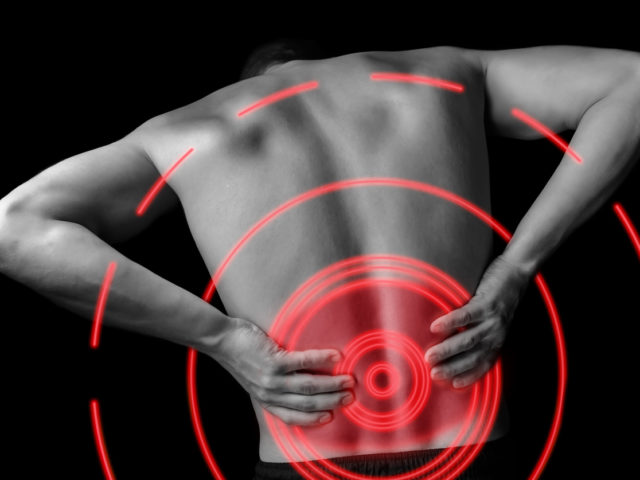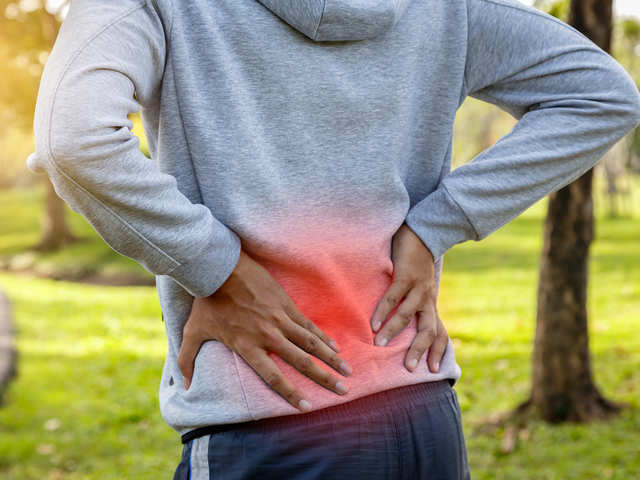Depression And Chronic Pain
Pain serves two basic features. Initially, it alerts one to stop executing a task in charge of triggering injury. Second, it triggers you to care for the damaged body component.
Nonetheless, the sort of pain that lingers for an extended period is of a various nature. Many individuals deal with persistent pain long after an injury or condition has gone. Gradually, the injury or condition that might have initially described the discomfort can come to be unclear. Chronic pain might materialize itself as low-back pain, joint inflammation, or headaches – among others. Frequently enough, there is little physical proof to describe the discomfort.
In the past, when physicians can not identify a physical cause to clarify the client’s discomfort, the issue was typically rejected as fictional. The good news is, this is no longer the case. Scientific evidence has emerged to show that individuals with persistent discomfort experience architectural changes to the nerves of their spinal cord.
Social and also mental aspects increase the impacts of chronic discomfort. People frequently report a range of limitations in social and also family members functions. Several connect troubles in doing family or office jobs, back children, and interact socially. The real or regarded lack to fulfill these jobs may place a strain on youngsters, partners, or coworkers who may need to assume an added role. The possible inequality in these exchanges adds to frustration, depression, bitterness, tension, and sensations of anger.

Anxiety’s Web link to Persistent Discomfort
Those who experience persistent discomfort usually report to feeling depressed. Anxiety is claimed to be three times much more common amongst people with chronic pain, and 30 to 80 percent of patients with persistent discomfort record to experiencing some type of anxiety. When chronic pain is incorporated with clinical depression, the impairment that occurs proportionately boosts.
Those who experience either persistent discomfort or clinical depression undertake adjustments in their psychological, social, as well as physical well being. For people that experience both chronic discomfort and also clinical depression, however, the changes can be fairly significant. Lots of people report insomnia, agitation, uneasyness, an absence of focus, and problems performing daily tasks in your home and/or at the workplace. These different disabilities might cause a cycle of pain that results in much more anxiety, as well as the other way around. Discomfort might set off the clinical depression, and also the clinical depression might trigger the pain.
The usual knowledge to rest after an injury might not be so wise besides. Complete evasion of certain activities may really aggravate the discomfort, specifically if these tasks were formerly a resource of enjoyment.
The Symptoms of Persistent Pain:
- Discomfort from resources of excitement that aren’t normally agonizing or discomfort in various other locations of the body
- Raised sensitivity to discomfort
- Boosted intensity of discomfort
- Pain that lasts greater than 6 months after an injury
The Indications of Clinical Depression:
- Takes place for a period lasting more than 2 weeks
- Cravings or weight adjustments
- A sense of worthlessness or sense of guilt
- Rest troubles (resting inadequate or too much).
- Decreased capability to concentrate.
- Poor memory.
- Unhappiness, despondence, impatience, and also proneness to sobbing.
- Uneasyness or exhaustion.
- Lack of interest or pleasure in activities.
Chiropractic Care for Anxiety.
Chiropractic treatment’s role in mental health and wellness is not new. There are well-established, chiropractic psychiatric hospitals efficiently in operation. Studies and research has actually shown positive lead to the chiropractic care of depression.
As an example, a research study released in the Journal of Vertebral Subluxation Research study revealed significant improvement of clinical depression signs and symptoms for clients treated with subluxations improvements. Find out more tips on relieving chronic pain here, https://www.beingfibromom.com/surviving-hot-summer-months-with-chronic-pain/.




